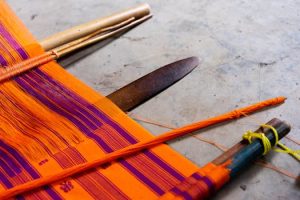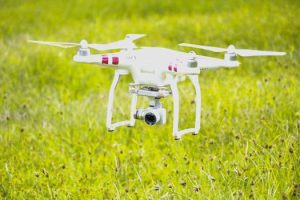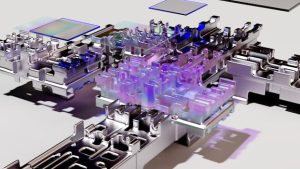Synthetic Biology Meets High Fashion: Living Garment Ecosystems
Synthetic biology and high fashion may seem like unlikely bedfellows, but in recent years, these two seemingly unrelated fields have been converging in a surprising way: through the creation of living garment ecosystems. This groundbreaking technology is pushing the boundaries of what we traditionally think of as fashion, blurring the lines between science and style. In this article, we’ll explore how synthetic biology is making its mark on the world of high fashion and envisioning a radical new future for the clothing industry.
The Intersection of Synthetic Biology and High Fashion
Synthetic biology, also known as synbio, is an emerging field that combines genetic engineering, computer science, and biotechnology to design and create biological systems that do not occur naturally. These man-made systems can be used in a variety of applications, from pharmaceuticals to energy production. And now, they are finding their way into the world of fashion.
What Are Living Garment Ecosystems?
Living garment ecosystems are essentially living organisms that can be worn as clothing. These garments are made up of living cells that have been engineered to perform specific functions, such as producing light or changing color in response to the environment. They are designed to be self-sustaining, meaning they can survive and thrive without external assistance.
One of the pioneers in this field is designer and researcher Dr. Natsai Chieza, who has coined the term “biodesign for fashion” to describe her work. Her company, Faber Futures, uses living organisms to create dyes and pigments for textile production, reducing the harmful environmental impact of traditional dyeing processes.
The Potential of Living Garment Ecosystems
By incorporating living cells into clothing, designers have the potential to create garments that can not only react to their surroundings but also perform useful functions. For example, imagine a dress that can purify the air or a shirt that can collect solar energy. This technology has the potential to revolutionize the way we think about clothing and its role in our lives.
In addition to their functional benefits, living garment ecosystems also have a lower environmental impact than traditional fashion. The use of living cells means that materials can be grown rather than manufactured, reducing the use of harmful chemicals and minimizing waste.
The Challenges of Incorporating Synbio into High Fashion
While the potential for living garment ecosystems may seem endless, there are still many challenges to overcome before this technology can become mainstream in the world of high fashion. One major hurdle is the cost. The production of living garments currently requires specialized equipment and expertise, making it a costly endeavor.
There are also ethical considerations surrounding the use of living organisms in clothing. Some argue that using living cells for fashion is exploiting nature for our own purposes, while others believe it is a more sustainable and responsible way of creating fashion. These debates will continue as the technology advances and becomes more widely adopted.
The Future of Fashion: A Sustainable and Bio-Inspired Industry
Despite the challenges, the potential of synthetic biology in the world of high fashion is undeniable. It has the potential to create a more sustainable and environmentally friendly fashion industry, while also pushing the boundaries of design and innovation.
As more designers and researchers continue to explore the possibilities of living garment ecosystems, we may soon see a future where fashion and biology are seamlessly intertwined, creating a bio-inspired industry that is as beautiful as it is functional.
Conclusion
The convergence of synthetic biology and high fashion is a prime example of how innovative thinking can lead to groundbreaking advancements. Living garment ecosystems are a glimpse into the future of fashion, where clothing is not just something we wear but also something that can enhance our lives and the world around us. With continued research and development, this technology has the potential to revolutionize the fashion industry and create a more sustainable and bio-inspired future.











